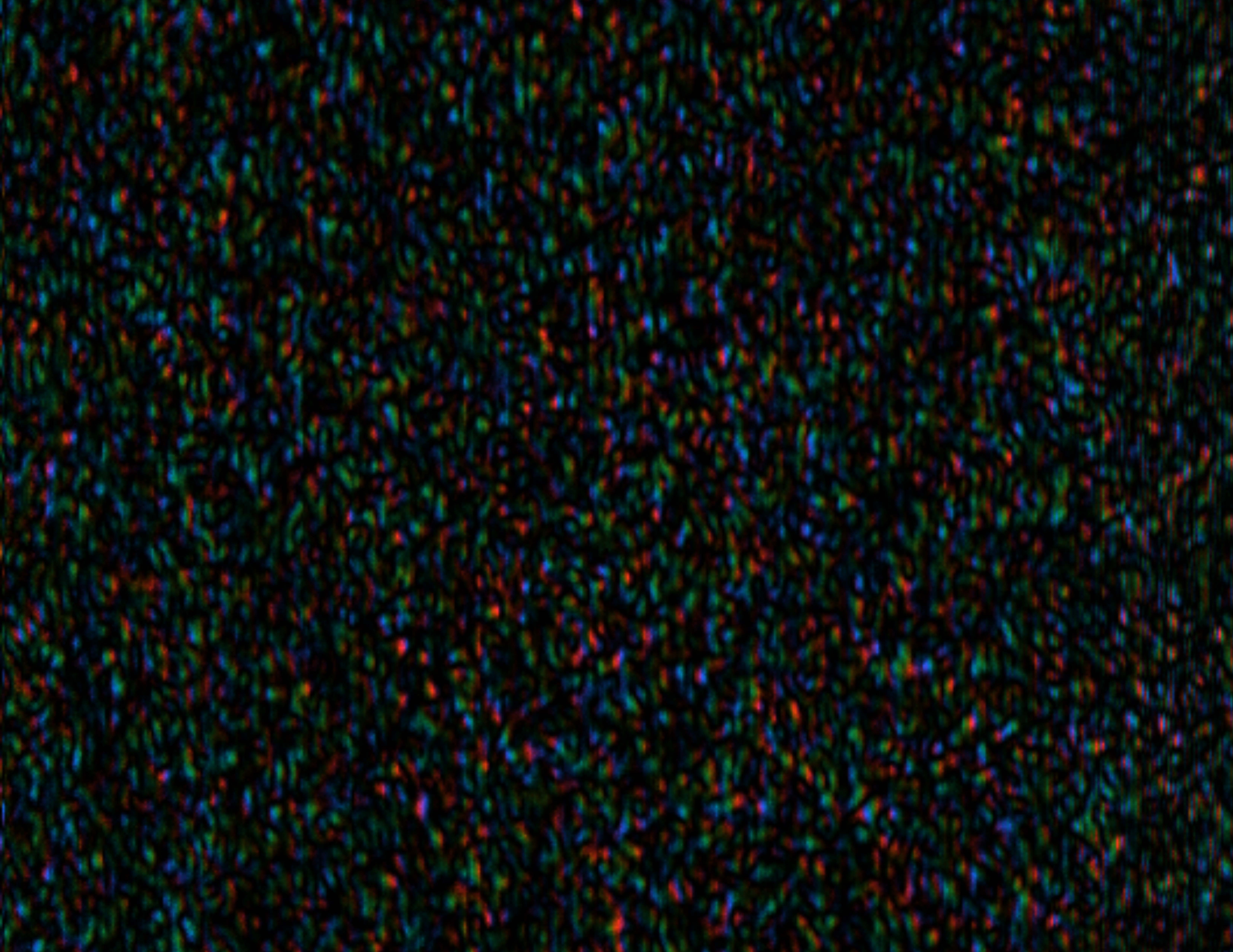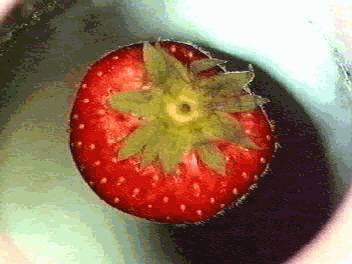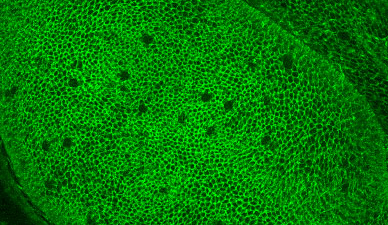Research
We investigate three separate but somewhat interrelated subjects, which are concerned with disordered and non-equilibrium systems. On the one hand, we are studying such systems from a purely Physics point of view, where we study model non-equilibrium systems, such as foams or granular gases and transport properties of disordered media. For this latter purpose we are studying light transport in disordered media, both with applications in imaging as well as from a fundamental point of view connected to Anderson localization.
On the other hand we are studying biological systems as an example of non-equilibrium behaviour. Here, we are most interested in the influence of physical forces on Development.
Optics in turbid media
Multiple scattering during transport in disordered media can be a great hinderance, as is the case when trying to image in or through opaque media. However, the Physics behind the process can be very interesting and depending on the amount of disorder and the dimensionality, there can be phase transitions in the transport property that are due to interference processes of the transported wave. One of these transitions is Anderson localization, where transport comes to a halt at sufficient disorder. There are however other instances, such as photonic glasses, where band gaps in transport open in disordered materials, which can also be seen e.g. in the colouration of birds or butterflies.
The interference of light in multiple scattering media can however also be used to obtain an increased intensity at a desired location by phase modulation of he input light. This can then be used to design imaging techniques that can work even in highly turbid media at high resolution.
Non-equilibrium systems
Systems far from thermodynamic equilibrium show instabilities and limiting behaviour that can be highly counter intuitive. Using mostly diamagnetic levitation, we are studying the long time behaviour of examples of such systems, which becomes accessible to the experiment due to the effective cancellation of gravity by means of levitation. Examples we study are the velocity distribution and inelastic cooling of granular gases, the coarsening of foams with different liquid fractions as well as the fluid structure interaction between elastic flapping fins and hydrodynamic forces.
The Physics of Developmental Biology
Mechanical forces have been put forward as a missing ingredient in the growth control of organs. In order to test these ideas experimentally, we are developing tools to measure stresses inside tissues as well as mechanically stress these tissues with controlled forces. In this way we have been able to show that tensional mechanical forces can lead to an increase in proliferation in the wing imaginal disc of Drosophila. Furthermore, we are interested in the overall (visco-)elastic properties of tissues as they develop and the ensuing mechanical instabilities, such as fold formation and three-dimensional morphogenesis in general. As an example of mechanical influence on growth, we are studying the regeneration of the zebrafish fins.
In addition to the experimental study of these phenomena, we are also using computational modelling to study the different importance of the ingredients in more detail. For this, we are using a range of modelling techniques to characterize the development of precise and scaled morphogen gradients, as well as mechanical control of growth in the wing imaginal disc, the determination of hydrodynamic forces during swimming and finite element modelling of coupled elastic properties with reaction diffusion systems to describe the active behaviour of contracting tissues such as the process of dorsal closure.


